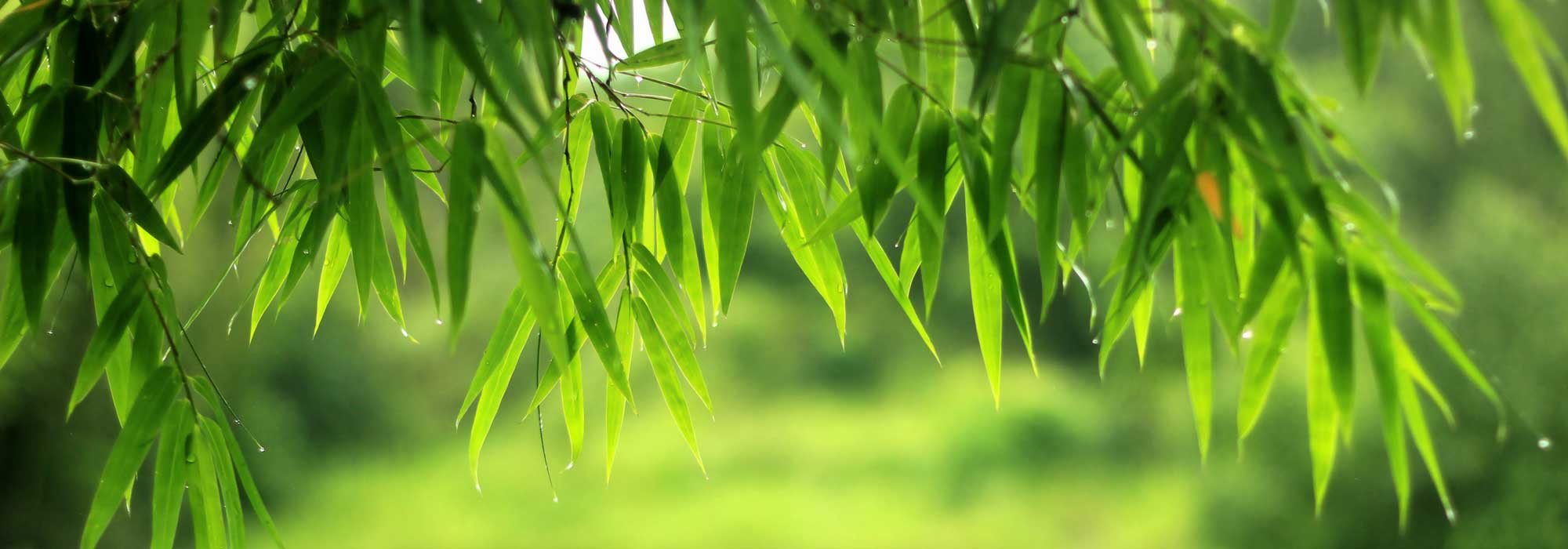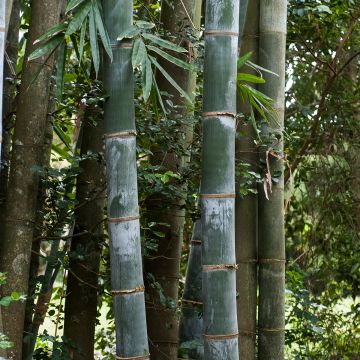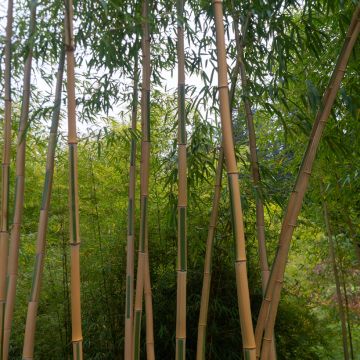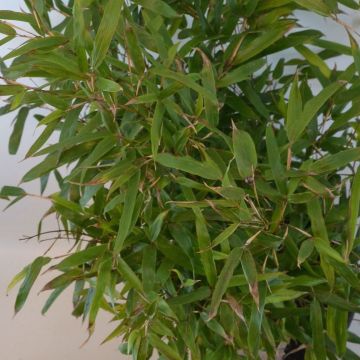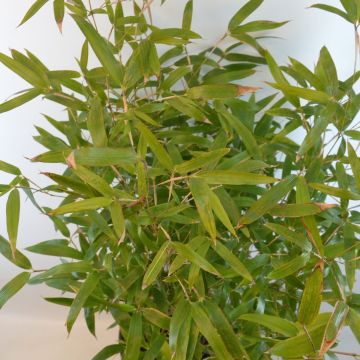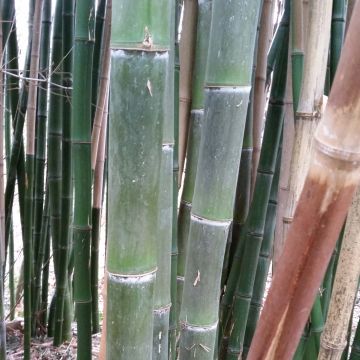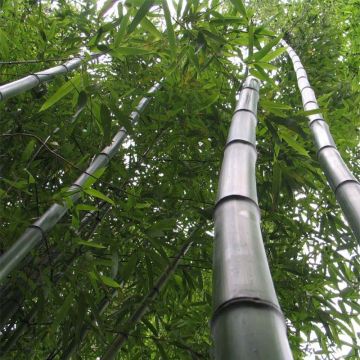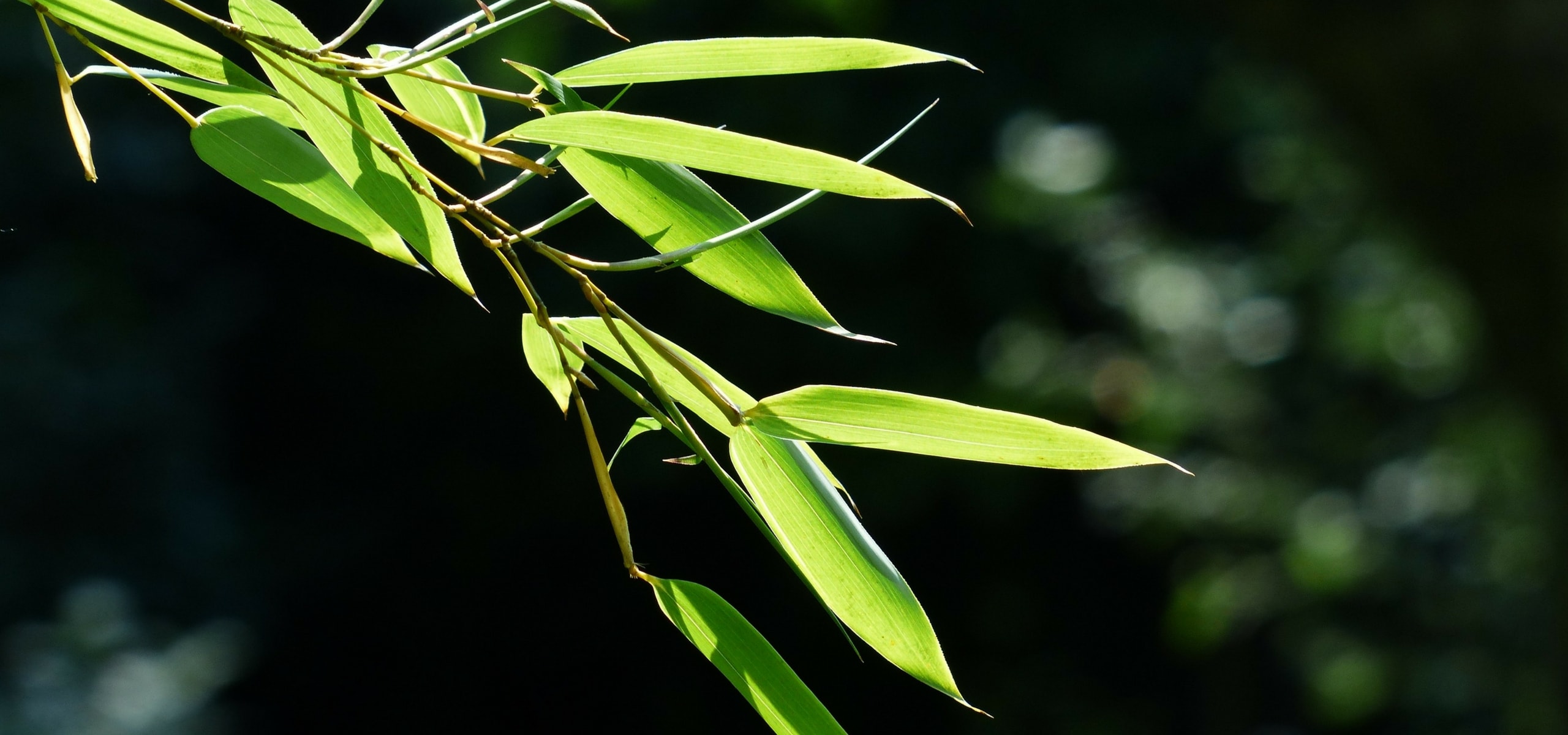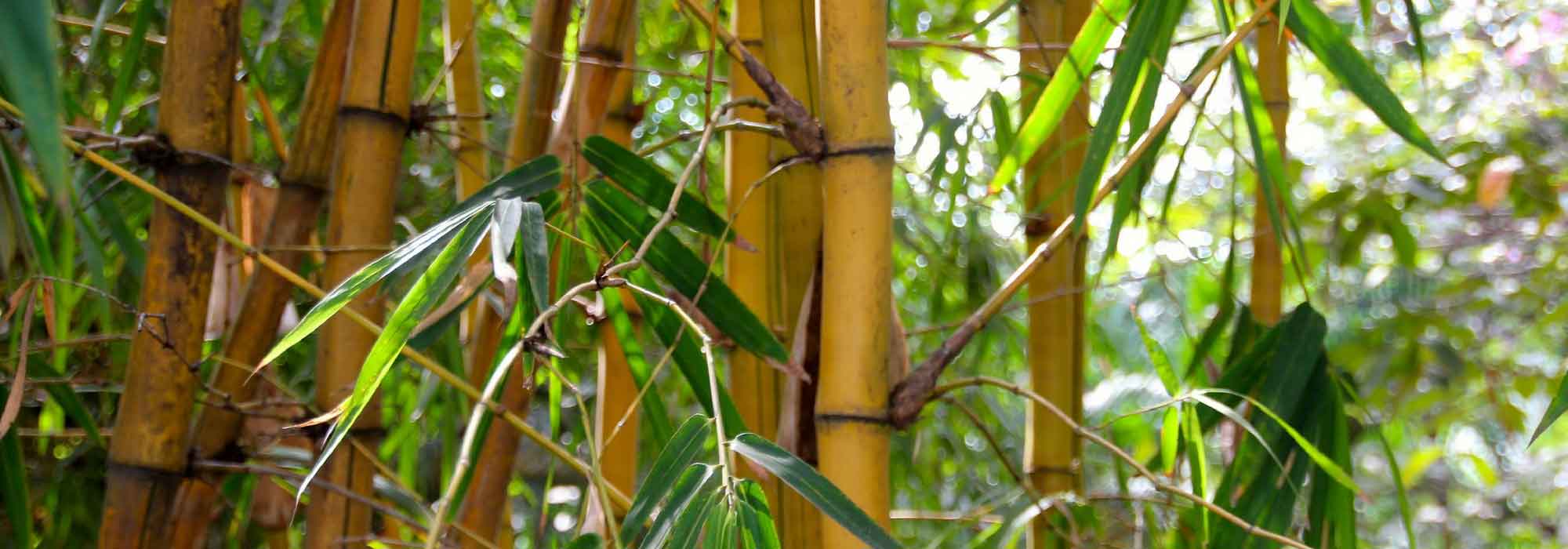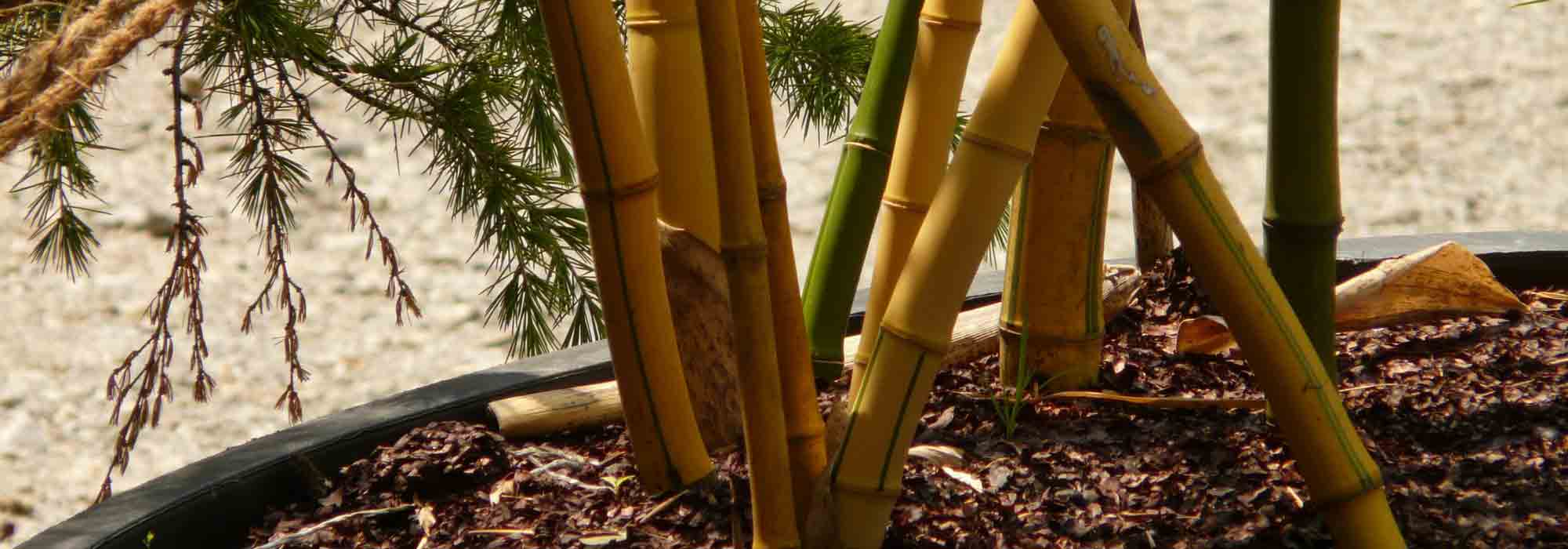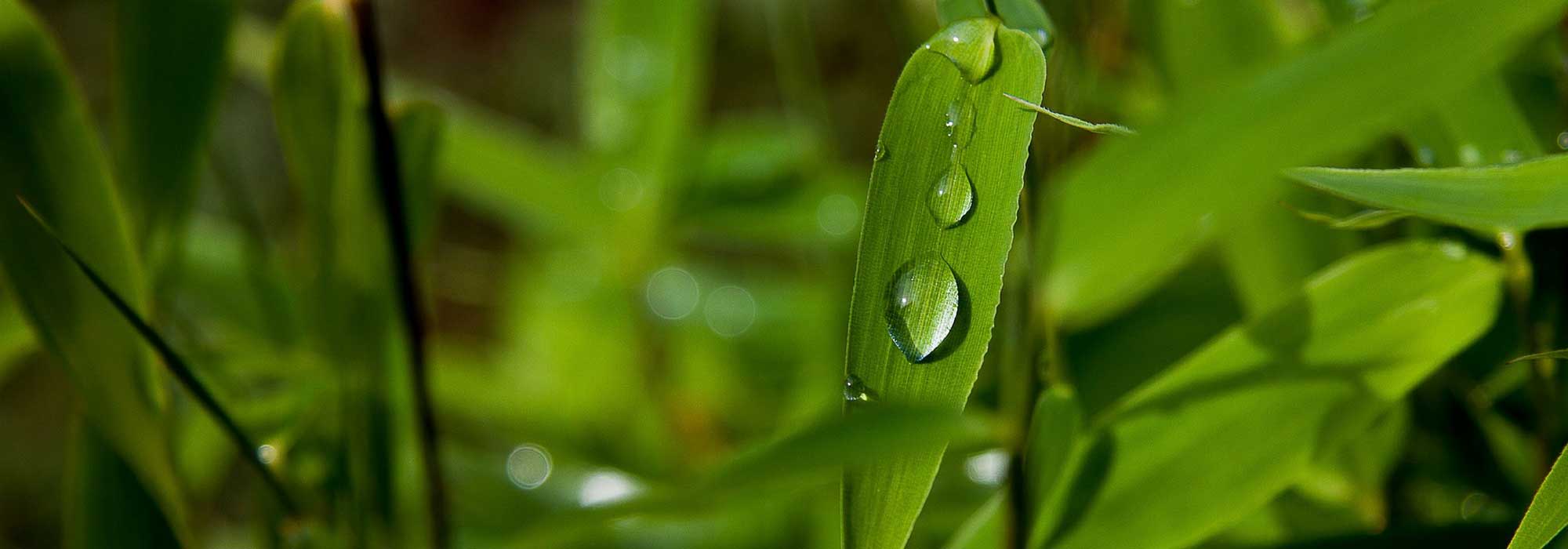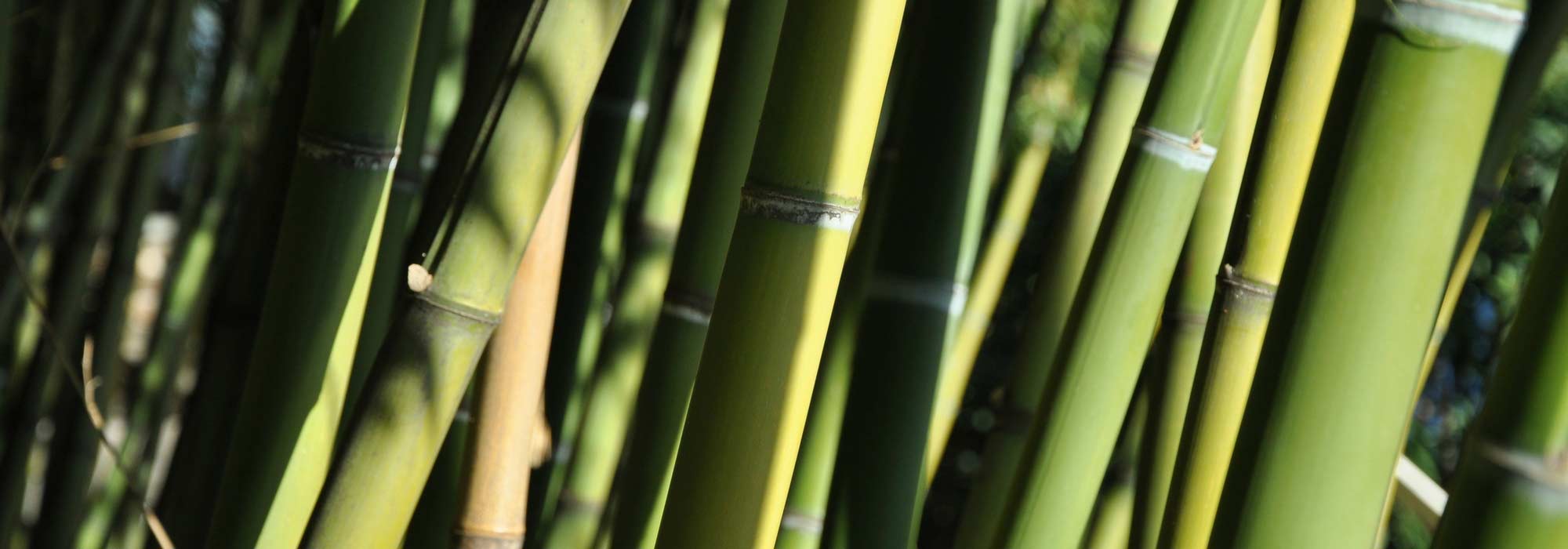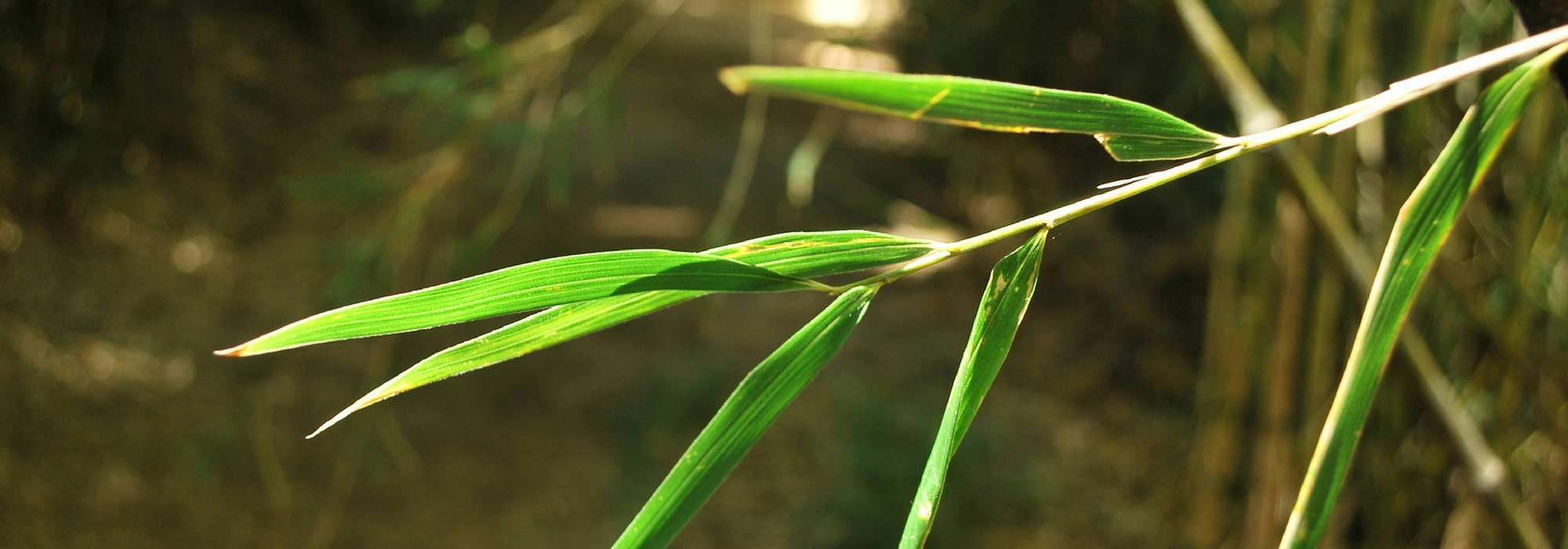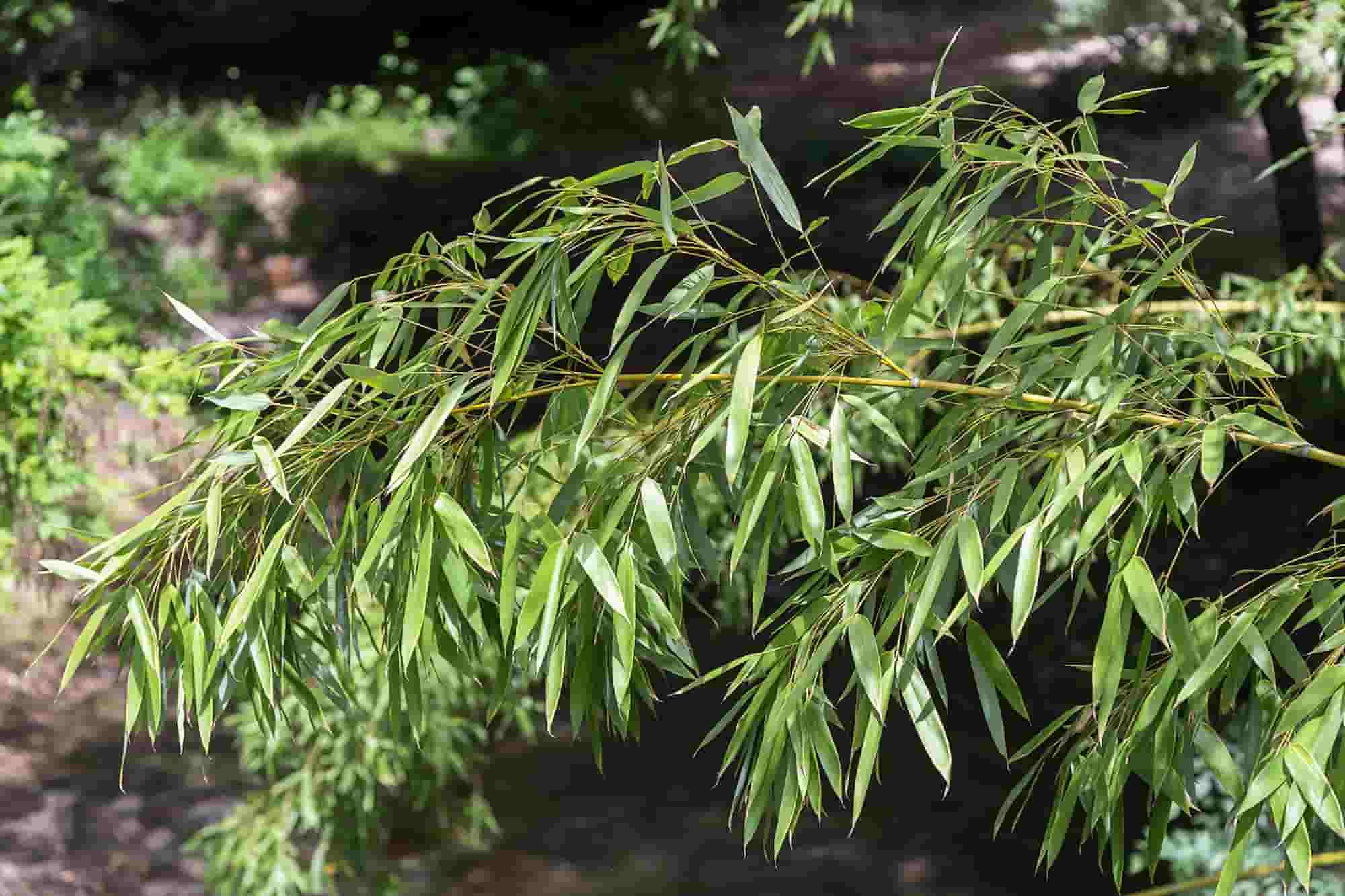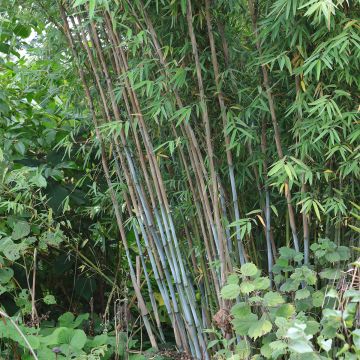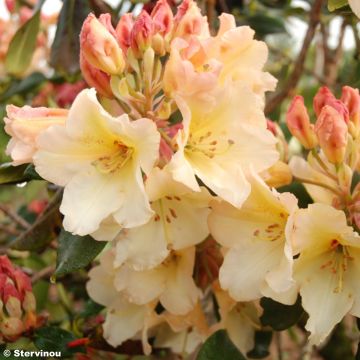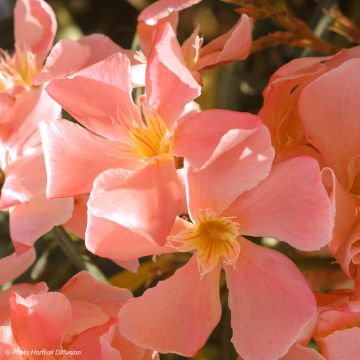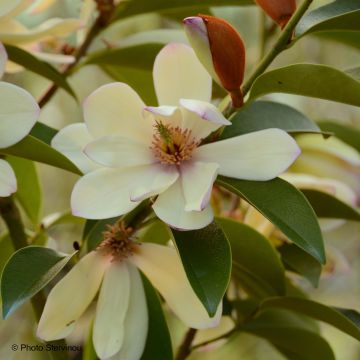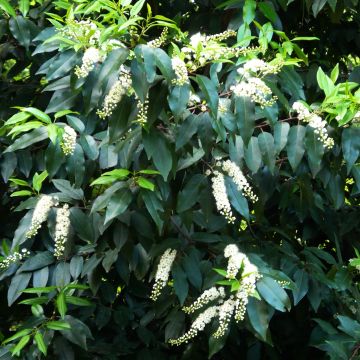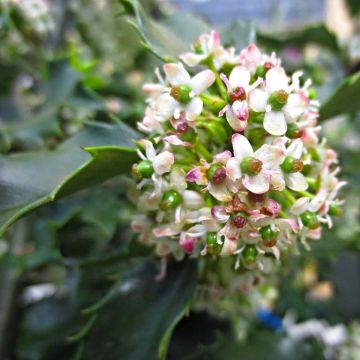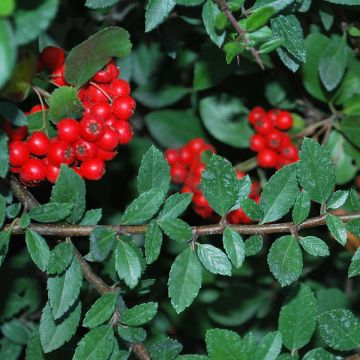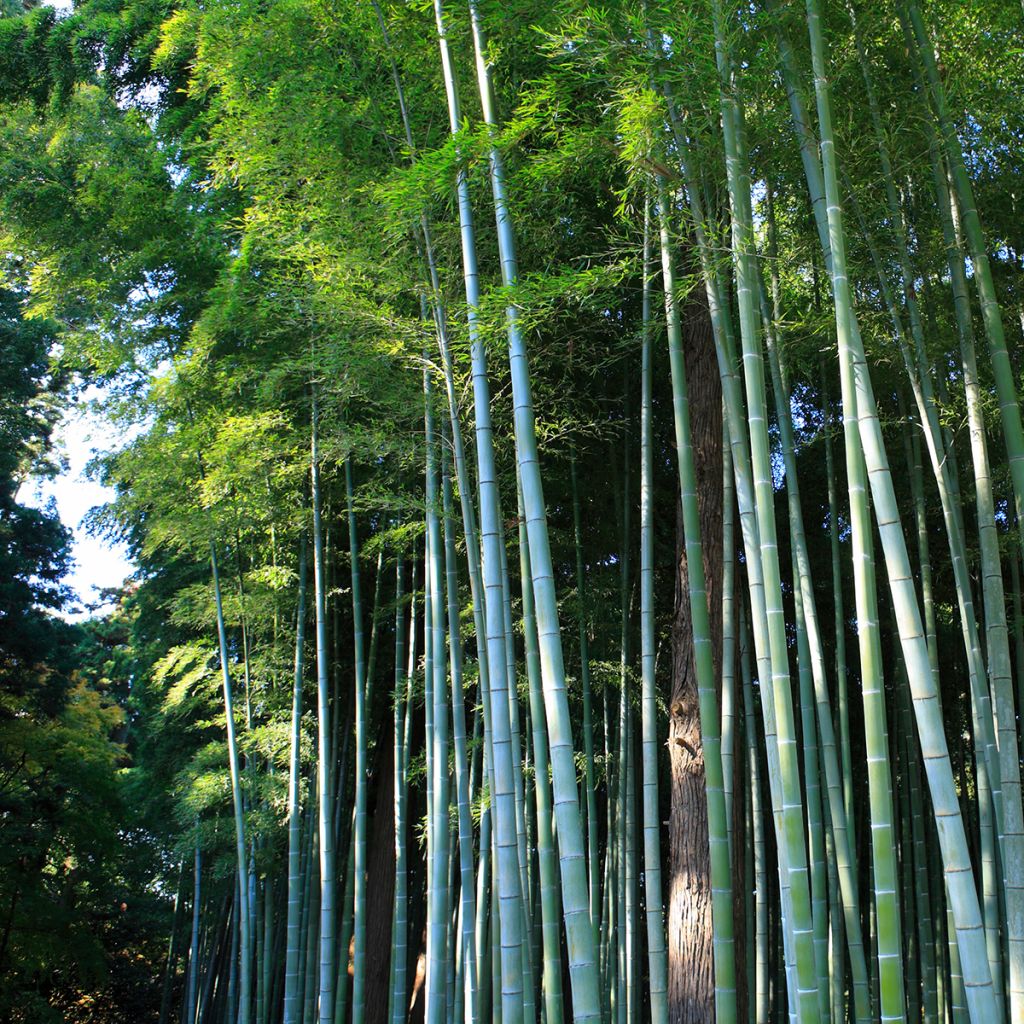

Phyllostachys edulis (= pubescens) - Bambou géant
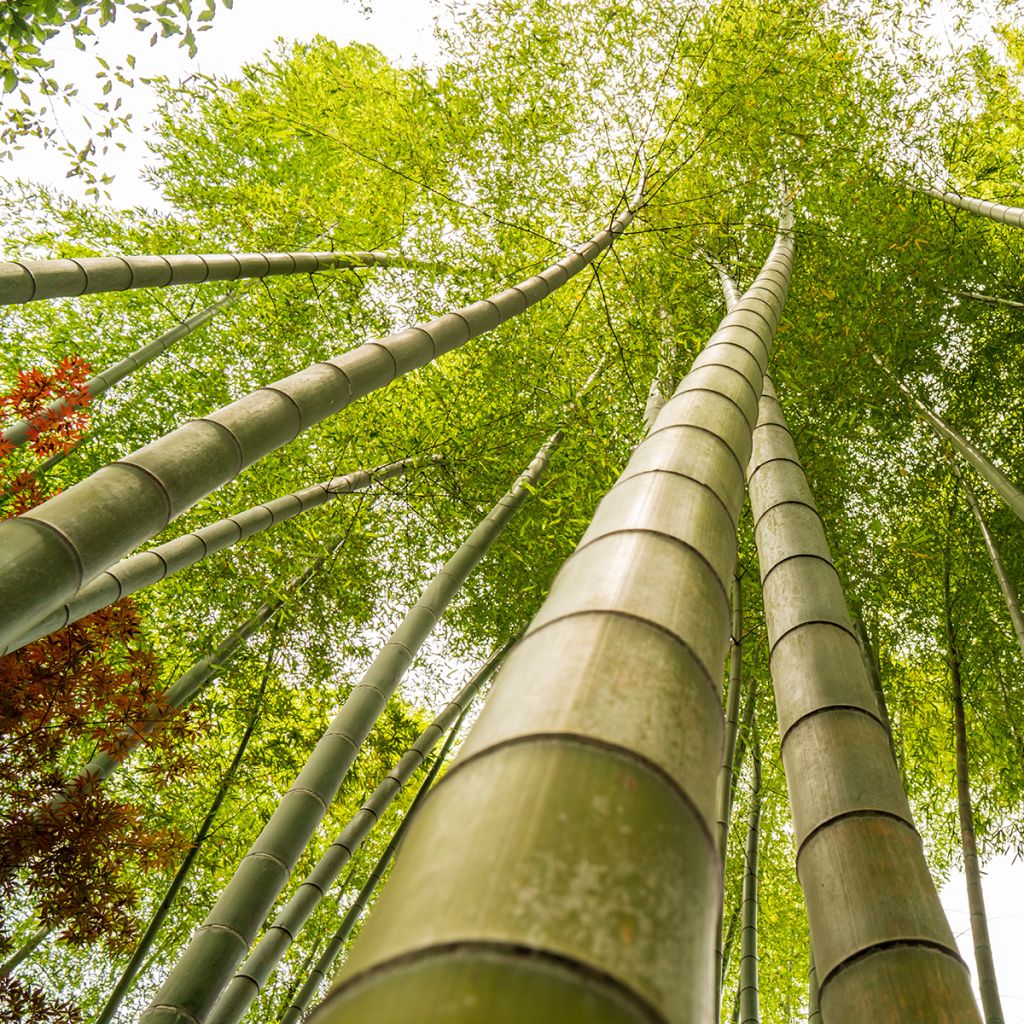

Phyllostachys edulis (= pubescens) - Bambou géant
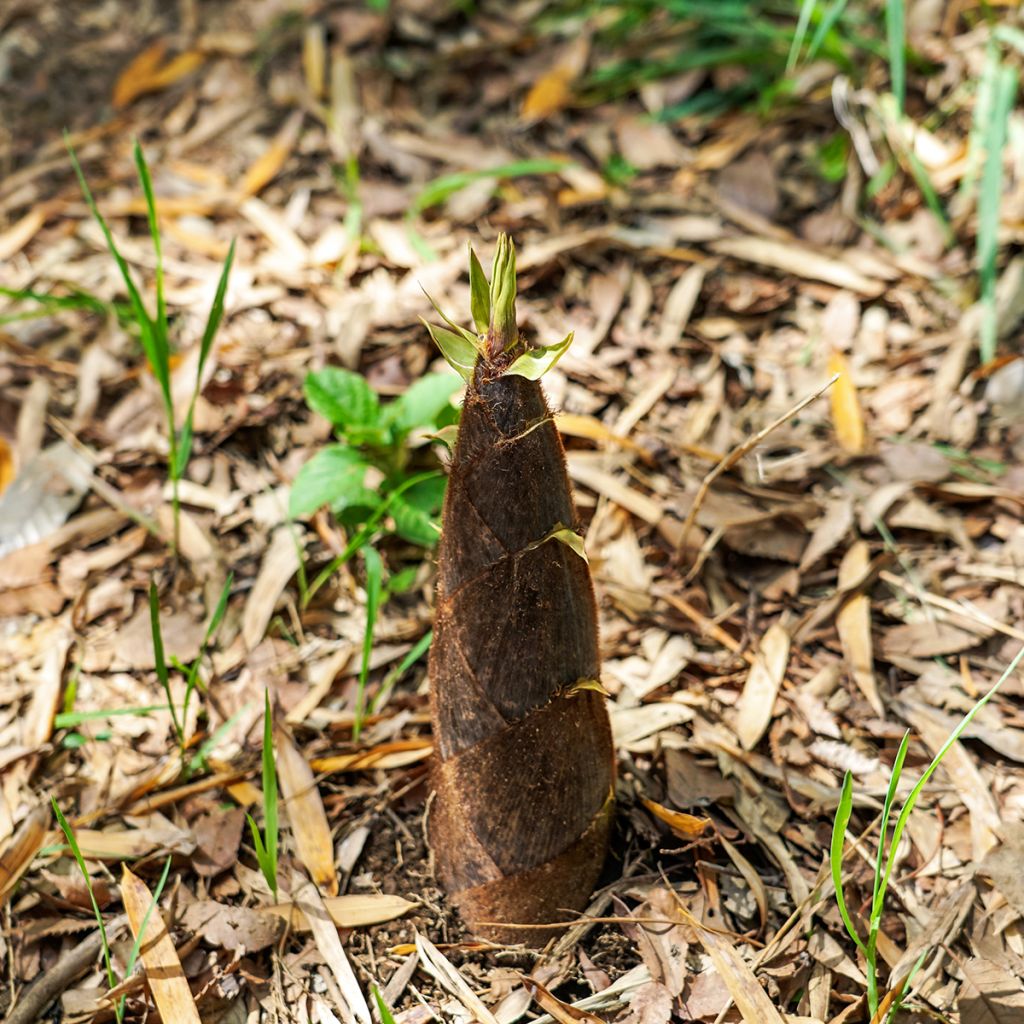

Phyllostachys edulis (= pubescens) - Bambou géant
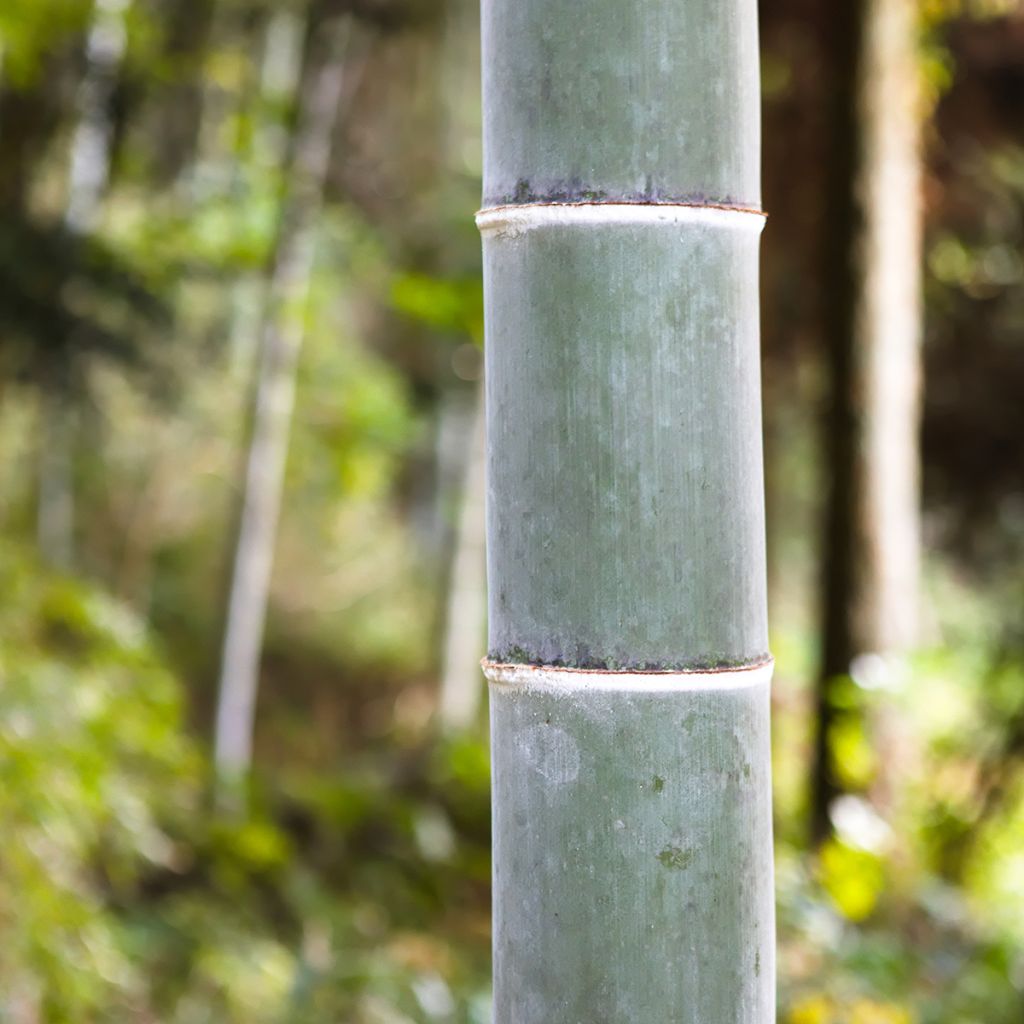

Phyllostachys edulis (= pubescens) - Bambou géant
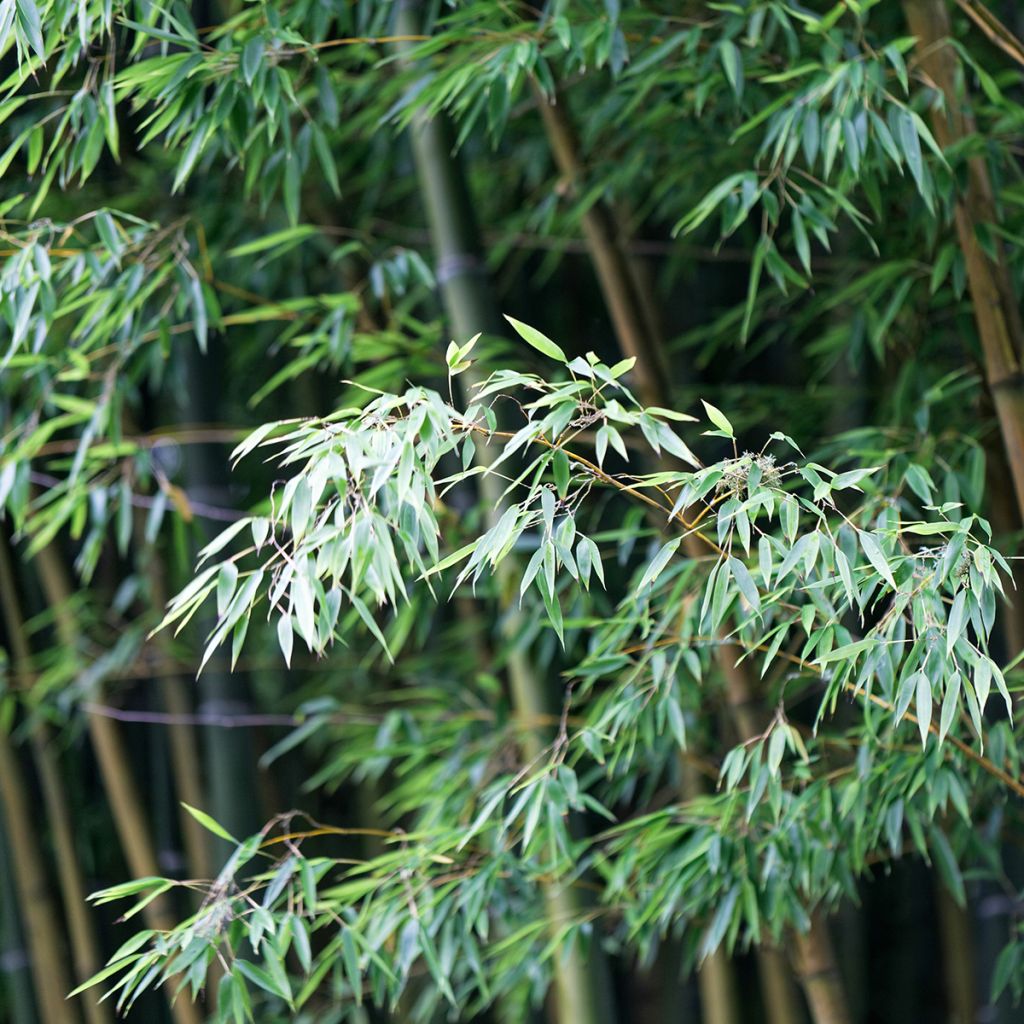

Phyllostachys edulis (= pubescens) - Bambou géant
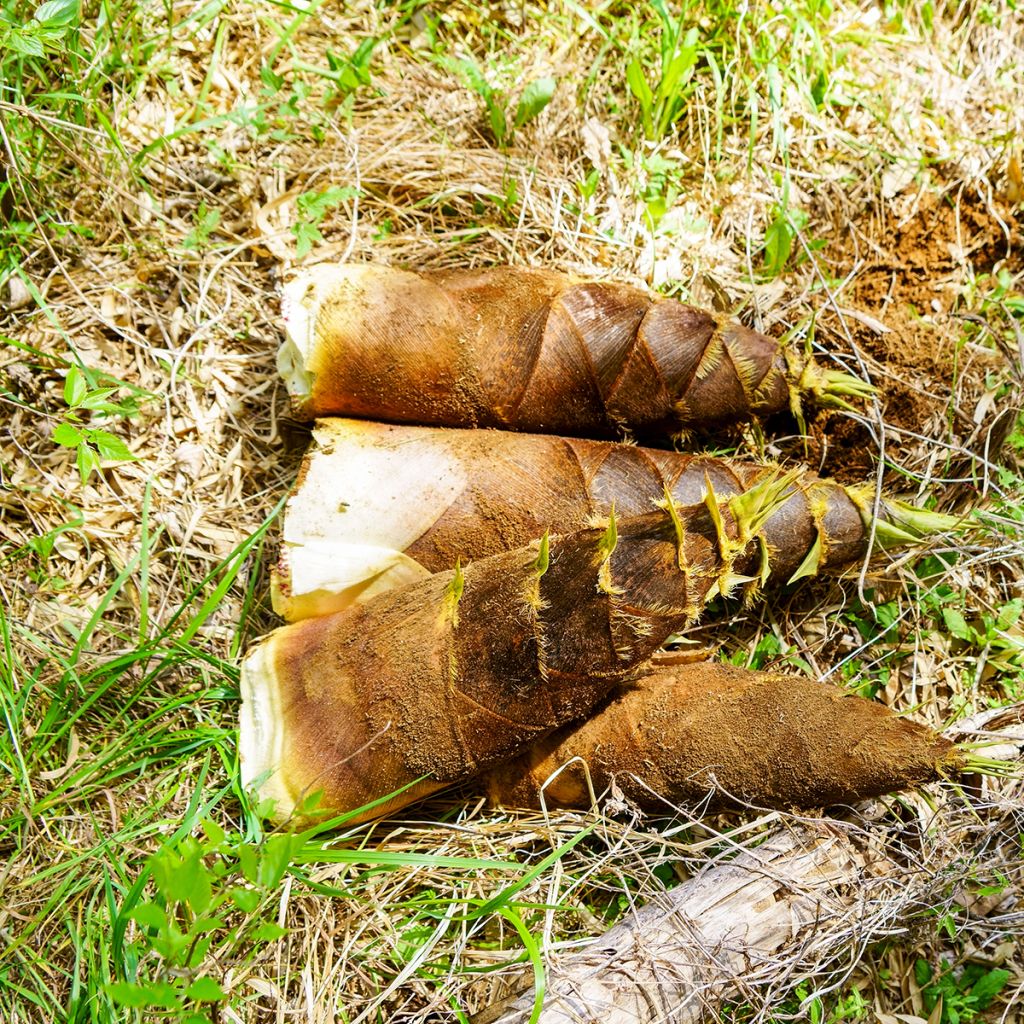

Phyllostachys edulis (= pubescens) - Bambou géant
Phyllostachys edulis - Moso Bamboo
Phyllostachys edulis (pubescens)
Moso Bamboo
Delivery received quickly with top quality bamboo, thank you!
John, 07/11/2024
Special offer!
Receive a €20 voucher for any order over €90 (excluding delivery costs, credit notes, and plastic-free options)!
1- Add your favorite plants to your cart.
2- Once you have reached €90, confirm your order (you can even choose the delivery date!).
3- As soon as your order is shipped, you will receive an email containing your voucher code, valid for 3 months (90 days).
Your voucher is unique and can only be used once, for any order with a minimum value of €20, excluding delivery costs.
Can be combined with other current offers, non-divisible and non-refundable.
Home or relay delivery (depending on size and destination)
Schedule delivery date,
and select date in basket
This plant carries a 24 months recovery warranty
More information
We guarantee the quality of our plants for a full growing cycle, and will replace at our expense any plant that fails to recover under normal climatic and planting conditions.

Does this plant fit my garden?
Set up your Plantfit profile →
Description
Phyllostachys edulis is a giant bamboo among the most elegant. While its culms can reach a height of 20m (66ft), its foliage is made up of very small leaves, giving it an incomparable air of lightness. Very graphic, it moves with the slightest breath of air, bringing dynamism to the garden. It forms canes of a very decorative bluish-green and while its growth is fast, it takes a long time to establish itself properly. Requiring a lot of heat and sun, its cultivation is more suitable in the south, even though it is known for its good hardiness. However, it is reputed to be difficult to grow, as it likes the dry winters of the Mediterranean, but needs water in the summer.
This bamboo belongs to the family of Poaceae, or grasses. While some species can reach tens of meters in height and form culms as hard as wood, they are not trees, but rather grasses. There are more than a thousand species, distributed on all continents, except Antarctica.
Phyllostachys edulis is native to the Qinling Mountains in central China, where it grows up to 1600m (5249ft) altitude, resistant to cold due to the good soil drainage that prevents excess winter water (it is always found on mountain slopes in this region). Its natural range also extends to more southern regions, characterized by summer monsoon rains and cool, dry winters. It is the most common bamboo in China, making up two-thirds of the bamboo forests popularized by many films in recent years. It can reach a height of 27m (89ft), with canes of 25cm (10in) in diameter and internodes spaced 40cm (16in) apart, giving it a very aesthetic appearance. Used to make bamboo paper for hundreds of years, it also has economic importance as a food, with its young shoots being consumed (edulis = edible in Latin). Its Chinese vernacular name Mao Zhu (Moso in Japanese) means "hairy bamboo" in reference to its young culms covered with abundant down (hence also one of its synonyms, Phyllostachys pubescens...).
From an ornamental point of view, this bamboo is very interesting due to the contrast between its adult dimensions and the delicacy of its foliage. The leaves, a deep green, are indeed very small, measuring only about 6cm (2in) long and 1.5cm (1in) wide. Present in large quantities, they form a cloud of vegetation around the endless culms, capturing the slightest breeze to undulate and rustle in the wind. The culms are also elegant, with their finesse and elegance, dressed in a beautiful slightly bluish-green. In good growing conditions, it can reach a height of 15 to 20m (49 to 66ft) in the south of our country, with cane diameters of 10 to 20cm (4 to 8in).
In the north, it will never reach large dimensions due to lack of sufficient heat and sunlight, and will be disappointing for those hoping for a giant, not exceeding a few metres in height. However, its cultivation is not easy even in the south. Hardy down to -17°C (1.4°F), or even -20°C (1°F) once well established, cold will certainly not be a limiting factor. However, it is worth noting that it is susceptible to late frost, due to the early emergence of shoots (young shoots), as early as March-April. It also does not like cold winds. It appreciates dry winters, and in case of humidity, it needs extremely well-drained soil, as excess water would be fatal to it (also in summer). The problem rather comes from the summer period, because it needs water to accompany its growth.
In summary, it requires a non-calcareous soil, neutral to acidic pH, deep and fertile, well-drained, but sufficiently moist in summer. Lots of sun in summer, little rain in winter, and protection from the wind. Needless to say, its cultivation is intended for true enthusiasts of the genus, with a large plot of land, because obviously, being a Phyllostachys, it spreads. Fast-growing, it still takes several years to establish itself properly and show its best... but then, what a spectacle!
This giant bamboo allows for the creation of large-scale exotic scenes due to its impressive dimensions. Hardy in most regions, it will only reach its full size in the south, where it will benefit from the heat and sun. It will work wonders near a body of water in which its elegant silhouette will be reflected... provided that the soil is not waterlogged. It will mainly be used as a standalone plant, forming a clump surrounded by a rhizome barrier to (try to) limit its spread. Difficult to associate with other plants that it might suffocate, one solution is to create a small bamboo grove by planting other species alongside it, such as the Phyllostachys viridis 'Sulphurea'. This cousin forms superb culms that turn sulfur yellow over time, providing a contrast to the bluish-green of P. edulis. Phyllostachys vivax 'Huangwenzhu' is also decorative with its canes of beautiful green adorned with yellow stripes.
Phyllostachys edulis - Moso Bamboo in pictures
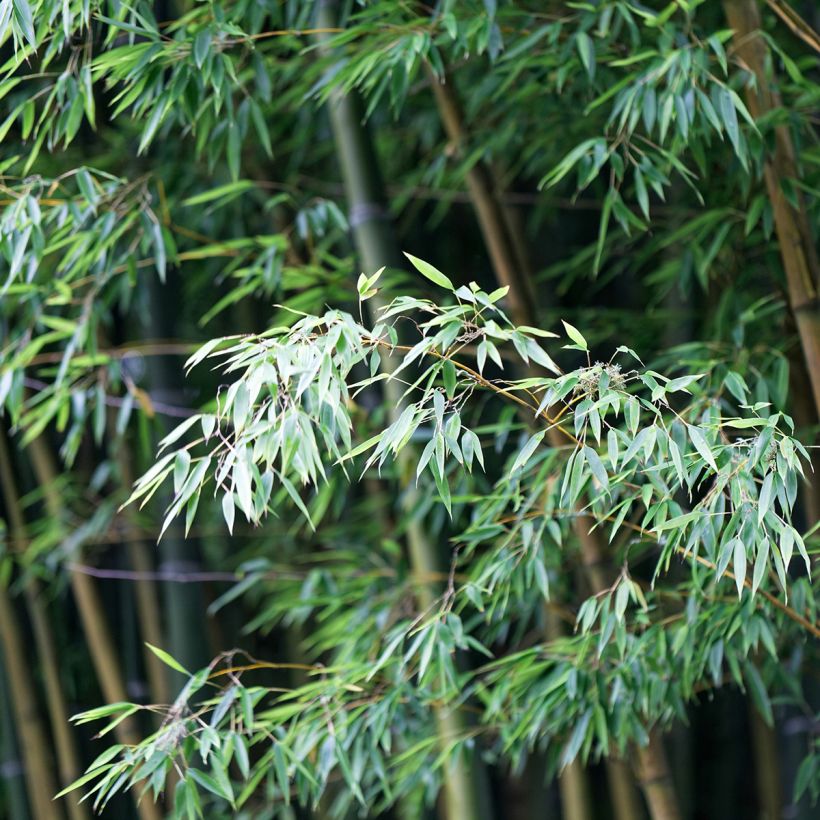

Plant habit
Foliage
Botanical data
Phyllostachys
edulis (pubescens)
Poaceae
Moso Bamboo
China
Other Phyllostachys
View all →Planting and care
Phyllostachys edulis is preferably planted in spring, or in autumn in the southern regions. Prepare the soil in advance with an organic amendment, as it appreciates fertile and humus-rich soils. The ideal period is between September and November, when the plant develops its rootstocks. Resistant to approximately -17°C (1.4°F), or a little less once well rooted, it fears waterlogged soils in winter. It grows in rich, deep, and firm soil, but well-drained and moist in summer without being waterlogged. It is a bamboo that requires warmth and sunlight, so its location should be chosen accordingly, favouring areas sheltered from cold winter winds, which it does not appreciate at all. Mulch the young stump and water generously. Apply nitrogen fertilizer in February-March, and again in July-August. Divide old clumps in spring. Beware of slugs that like the young shoots. Limit the spread of the trailing rootstocks of this bamboo by installing "anti-rhizome barriers" right from planting, which are resin plates inserted vertically into the ground.
This bamboo is known to be quite difficult to cultivate, and its establishment time is quite long. It is better to cultivate it in the southern zone, as the result will be disappointing in the north. Even though it can withstand the cold, it will not reach the expected dimensions of a giant bamboo. The Mediterranean region will suit it for its dry winters, but it will need water in summer!
Planting period
Intended location
Care
Planting & care advice
-
, onOrder confirmed
Reply from on Promesse de fleurs
Similar products
Haven't found what you were looking for?
Hardiness is the lowest winter temperature a plant can endure without suffering serious damage or even dying. However, hardiness is affected by location (a sheltered area, such as a patio), protection (winter cover) and soil type (hardiness is improved by well-drained soil).

Photo Sharing Terms & Conditions
In order to encourage gardeners to interact and share their experiences, Promesse de fleurs offers various media enabling content to be uploaded onto its Site - in particular via the ‘Photo sharing’ module.
The User agrees to refrain from:
- Posting any content that is illegal, prejudicial, insulting, racist, inciteful to hatred, revisionist, contrary to public decency, that infringes on privacy or on the privacy rights of third parties, in particular the publicity rights of persons and goods, intellectual property rights, or the right to privacy.
- Submitting content on behalf of a third party;
- Impersonate the identity of a third party and/or publish any personal information about a third party;
In general, the User undertakes to refrain from any unethical behaviour.
All Content (in particular text, comments, files, images, photos, videos, creative works, etc.), which may be subject to property or intellectual property rights, image or other private rights, shall remain the property of the User, subject to the limited rights granted by the terms of the licence granted by Promesse de fleurs as stated below. Users are at liberty to publish or not to publish such Content on the Site, notably via the ‘Photo Sharing’ facility, and accept that this Content shall be made public and freely accessible, notably on the Internet.
Users further acknowledge, undertake to have ,and guarantee that they hold all necessary rights and permissions to publish such material on the Site, in particular with regard to the legislation in force pertaining to any privacy, property, intellectual property, image, or contractual rights, or rights of any other nature. By publishing such Content on the Site, Users acknowledge accepting full liability as publishers of the Content within the meaning of the law, and grant Promesse de fleurs, free of charge, an inclusive, worldwide licence for the said Content for the entire duration of its publication, including all reproduction, representation, up/downloading, displaying, performing, transmission, and storage rights.
Users also grant permission for their name to be linked to the Content and accept that this link may not always be made available.
By engaging in posting material, Users consent to their Content becoming automatically accessible on the Internet, in particular on other sites and/or blogs and/or web pages of the Promesse de fleurs site, including in particular social pages and the Promesse de fleurs catalogue.
Users may secure the removal of entrusted content free of charge by issuing a simple request via our contact form.
The flowering period indicated on our website applies to countries and regions located in USDA zone 8 (France, the United Kingdom, Ireland, the Netherlands, etc.)
It will vary according to where you live:
- In zones 9 to 10 (Italy, Spain, Greece, etc.), flowering will occur about 2 to 4 weeks earlier.
- In zones 6 to 7 (Germany, Poland, Slovenia, and lower mountainous regions), flowering will be delayed by 2 to 3 weeks.
- In zone 5 (Central Europe, Scandinavia), blooming will be delayed by 3 to 5 weeks.
In temperate climates, pruning of spring-flowering shrubs (forsythia, spireas, etc.) should be done just after flowering.
Pruning of summer-flowering shrubs (Indian Lilac, Perovskia, etc.) can be done in winter or spring.
In cold regions as well as with frost-sensitive plants, avoid pruning too early when severe frosts may still occur.
The planting period indicated on our website applies to countries and regions located in USDA zone 8 (France, United Kingdom, Ireland, Netherlands).
It will vary according to where you live:
- In Mediterranean zones (Marseille, Madrid, Milan, etc.), autumn and winter are the best planting periods.
- In continental zones (Strasbourg, Munich, Vienna, etc.), delay planting by 2 to 3 weeks in spring and bring it forward by 2 to 4 weeks in autumn.
- In mountainous regions (the Alps, Pyrenees, Carpathians, etc.), it is best to plant in late spring (May-June) or late summer (August-September).
The harvesting period indicated on our website applies to countries and regions in USDA zone 8 (France, England, Ireland, the Netherlands).
In colder areas (Scandinavia, Poland, Austria...) fruit and vegetable harvests are likely to be delayed by 3-4 weeks.
In warmer areas (Italy, Spain, Greece, etc.), harvesting will probably take place earlier, depending on weather conditions.
The sowing periods indicated on our website apply to countries and regions within USDA Zone 8 (France, UK, Ireland, Netherlands).
In colder areas (Scandinavia, Poland, Austria...), delay any outdoor sowing by 3-4 weeks, or sow under glass.
In warmer climes (Italy, Spain, Greece, etc.), bring outdoor sowing forward by a few weeks.





























